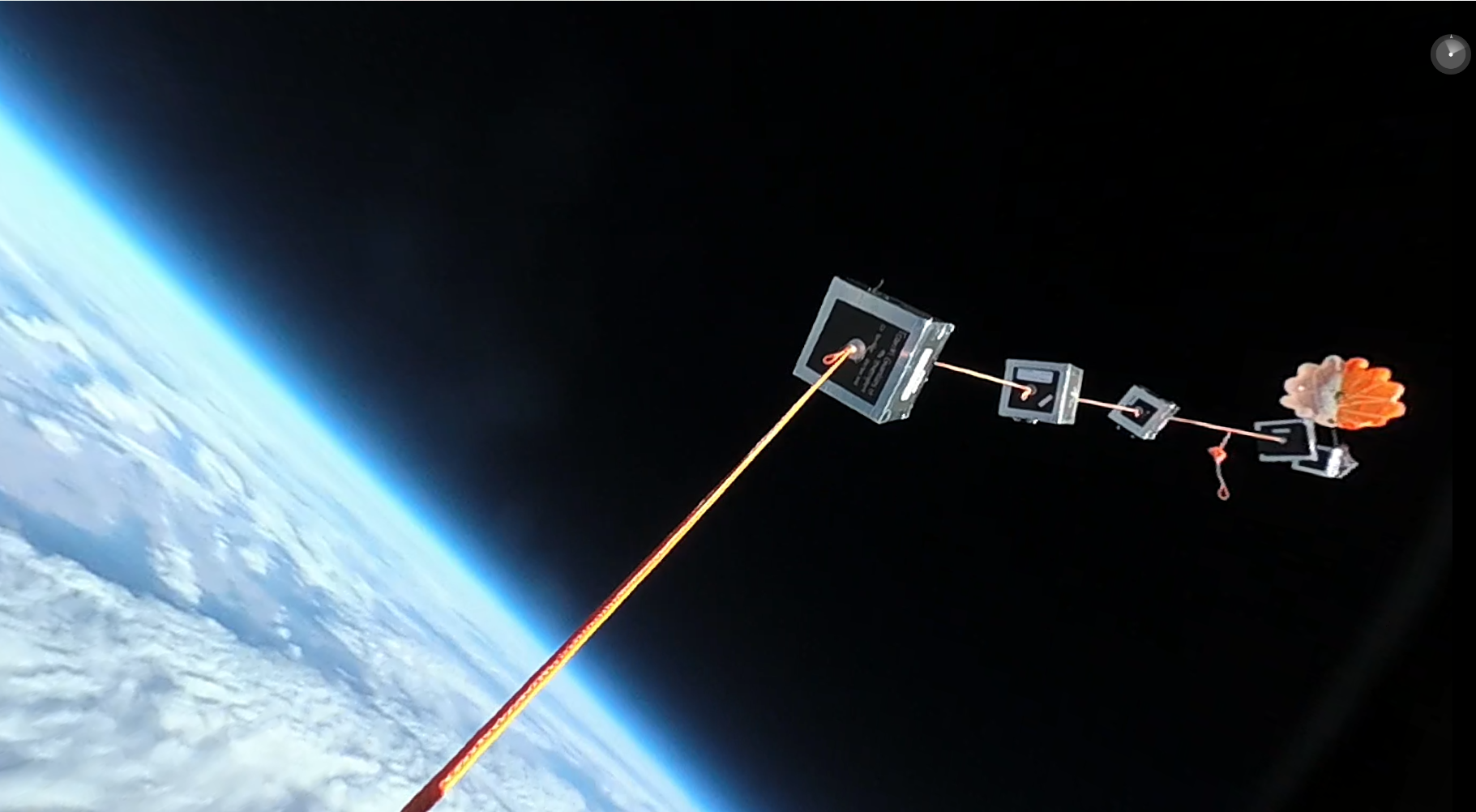I co-led a team of 6 students to design and build a payload for a high-altitude weather balloon to study the flux of cosmic rays throughout the atmosphere. The image above was taken by a GoPro onboard our payload! The large (8m diameter) balloon was filled with hydrogen and our payload was sent to the edge of the atmosphere (~30km or 100,000 ft above sea level). In addition to studying the flux of cosmic rays throughout the atmosphere using a handheld cosmic ray detector CosmicWatch, our final experiment also detected temperature, pressure, and humidity as the balloon floated to the edge of the atmosphere. We were able to measure the increase of muons, which are byproducts of cosmic rays, over time as the balloon rose and determined peak muon detection to be at approximately 18km above sea level.
Links to our final project report and final poster which we presented at the CU Boulder Design Expo in Fall 2018 and won the Aerospace Best Project Award.
From this project I had an incredible experience learning to work with and communicate with a team of my peers successfully and executing an engineering project from design to testing to completion. I got to witness launch, and even be in the lead tracking car chasing the balloon from Eaton, CO to its landing location in somebody’s backyard on the plains of Northern Colorado. As part of this class, we also went to Fairview High School (my old school) and did some outreach describing our experiences in Engineering at CU.

Our completed payload:
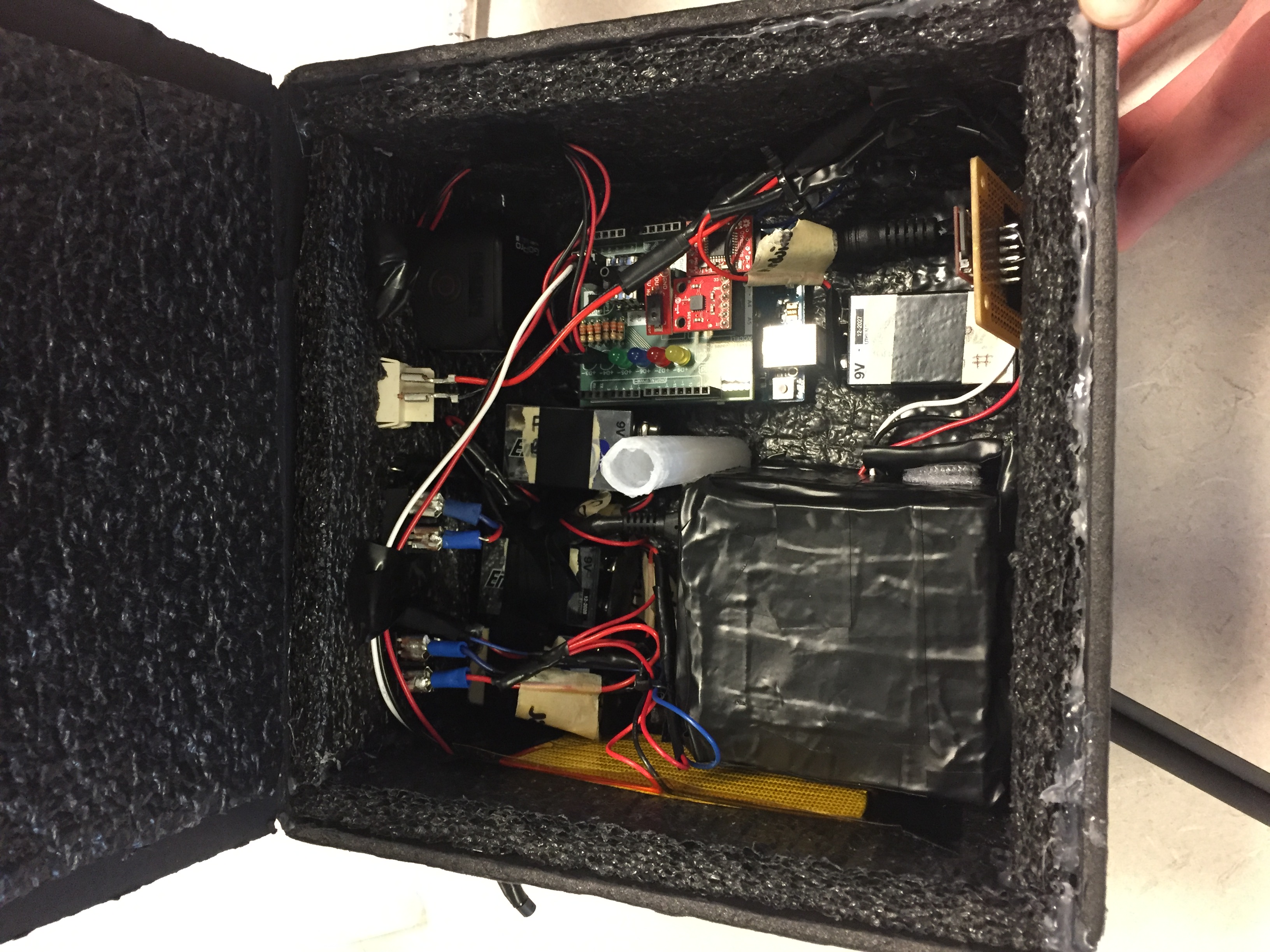
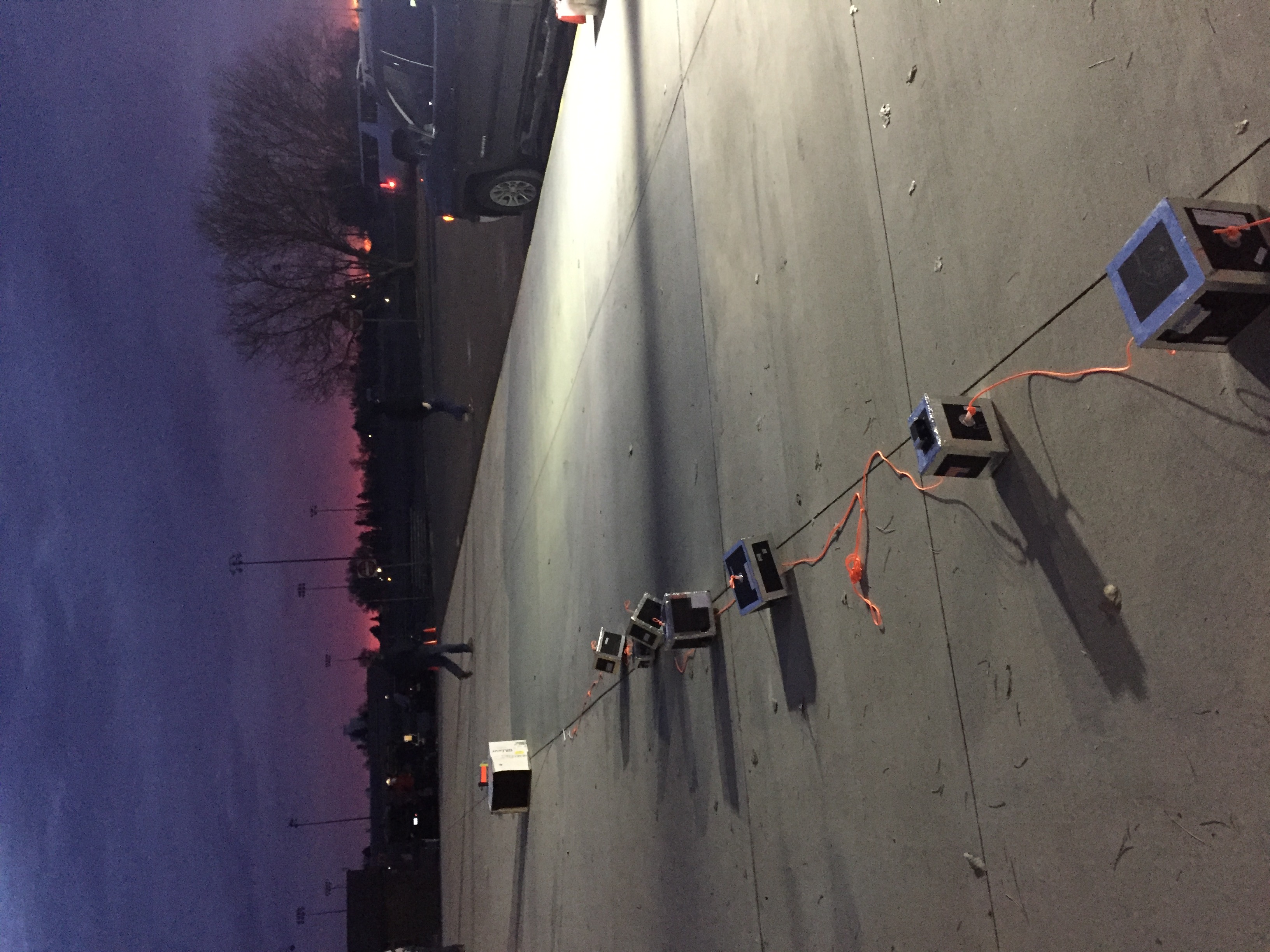
Launch Video:
Flight:
Ascent:

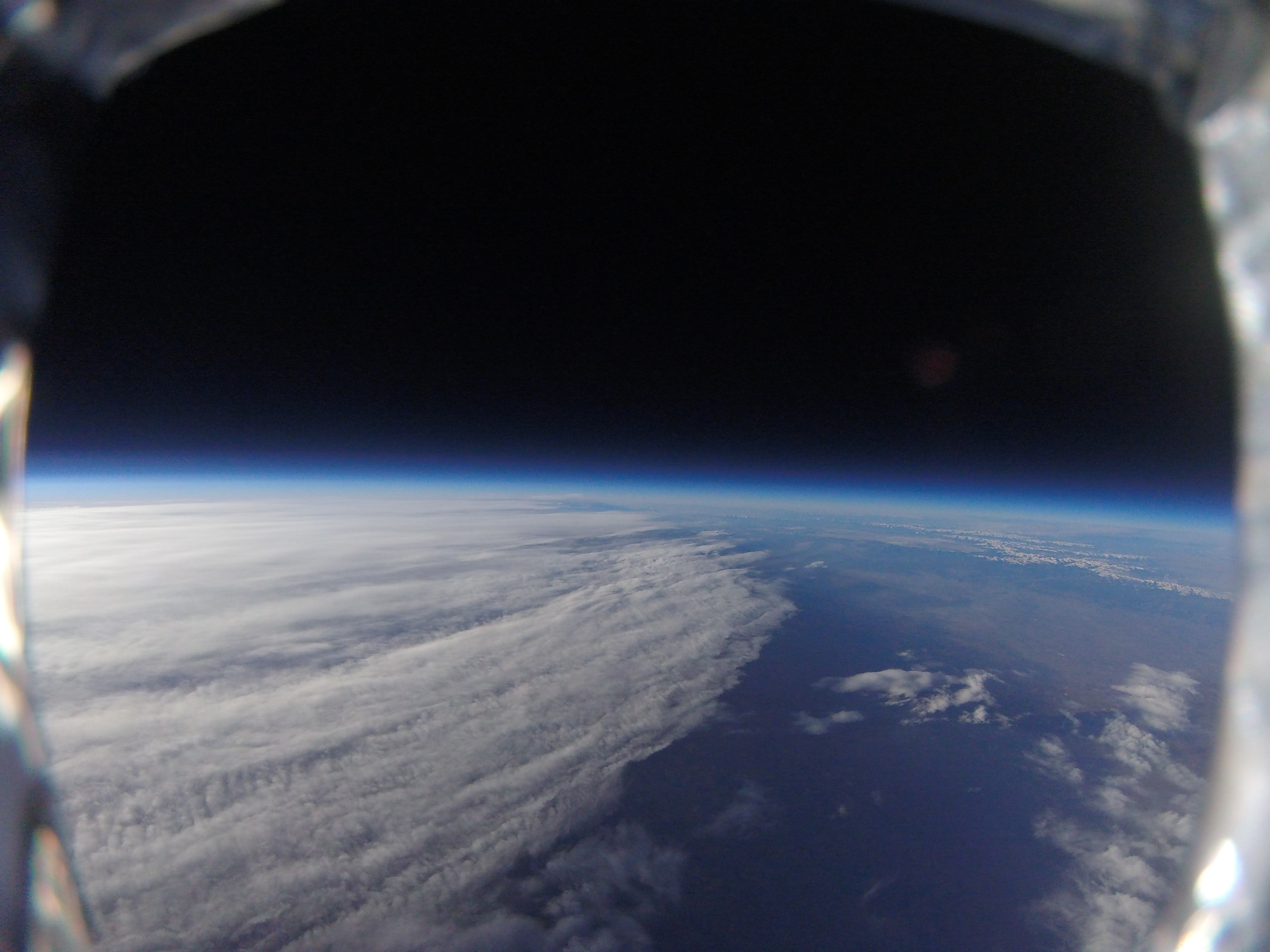
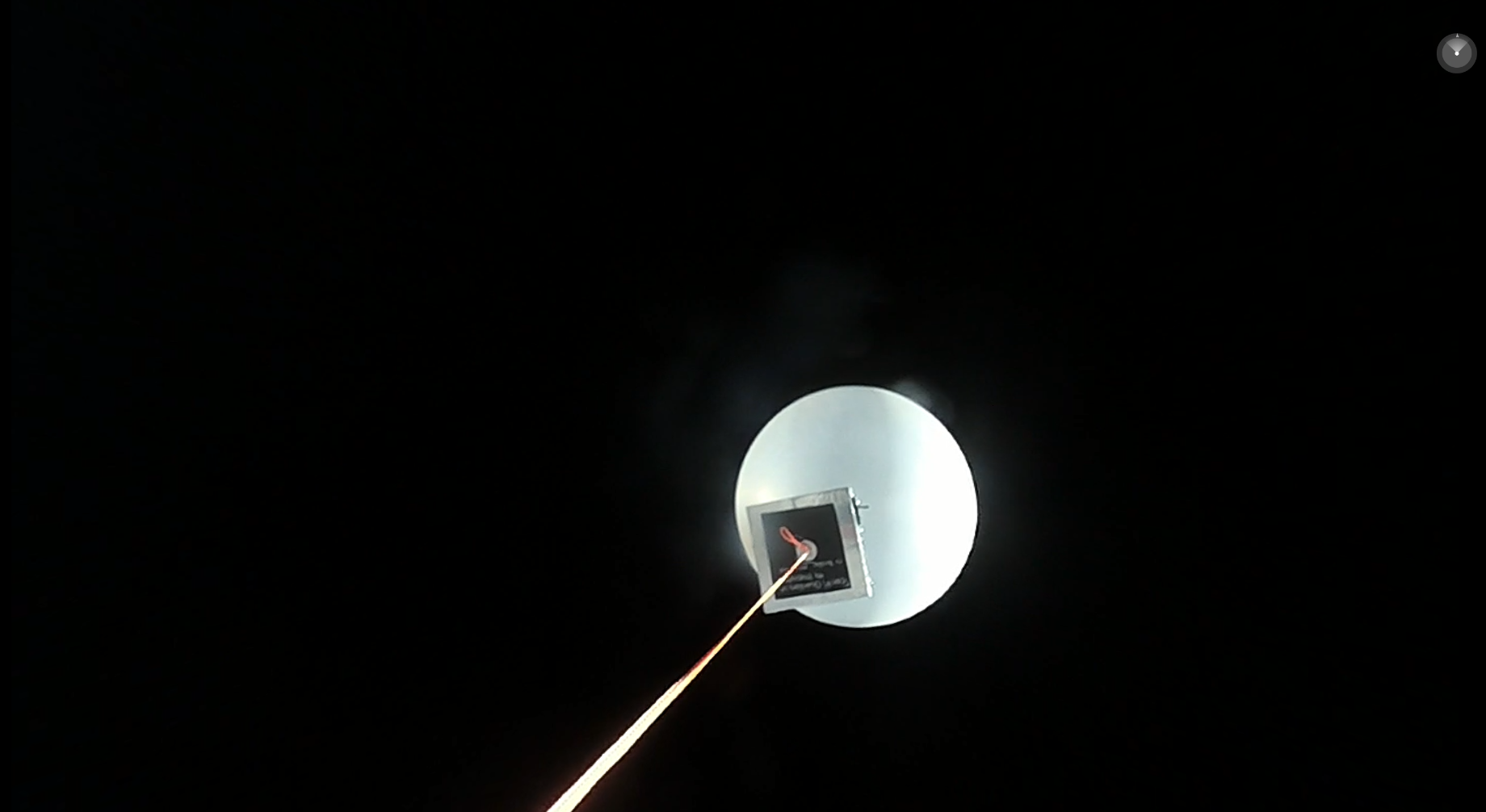 (taken by another group)
(taken by another group)
Burst (taken by another group):

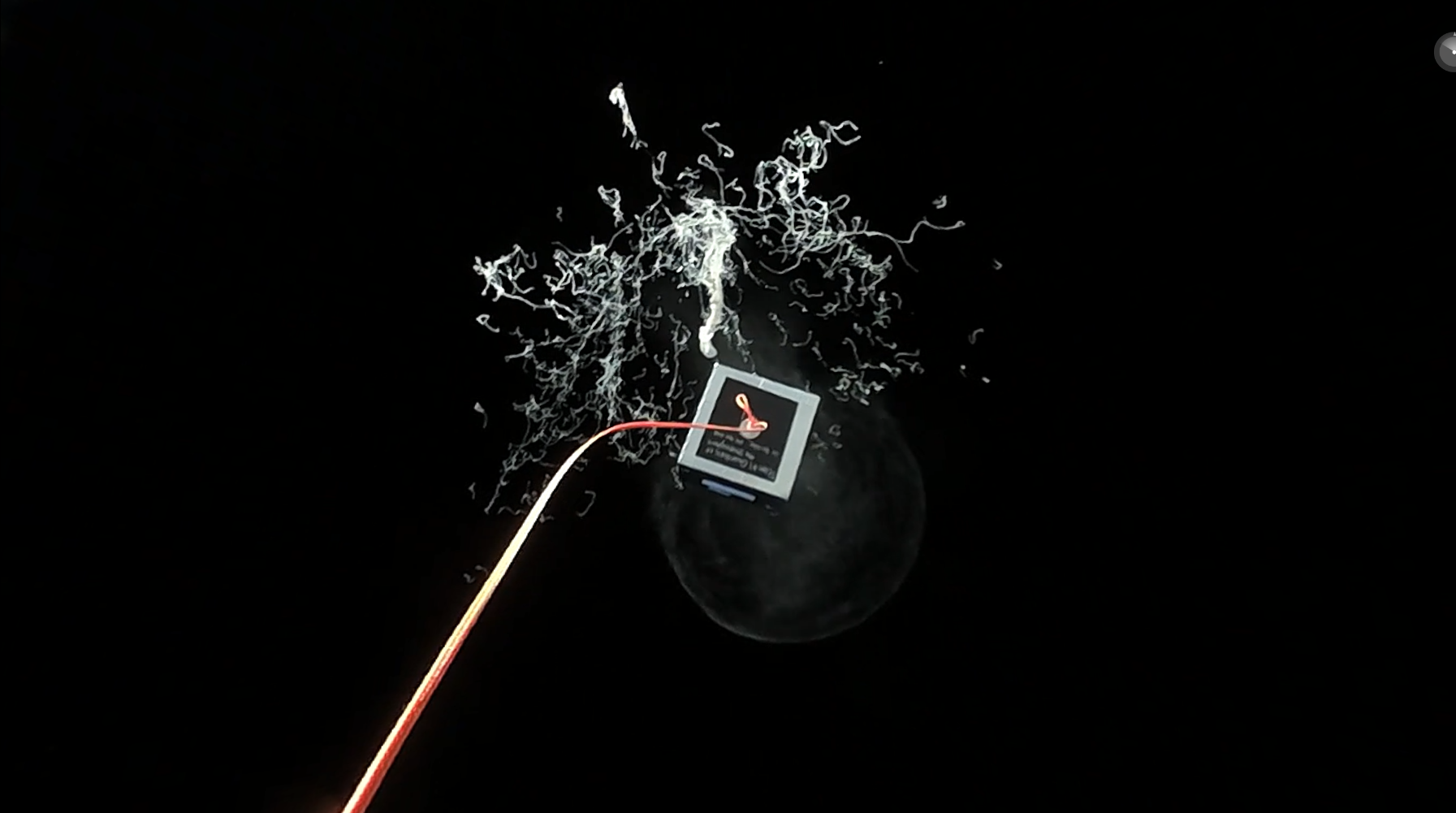
Descent:
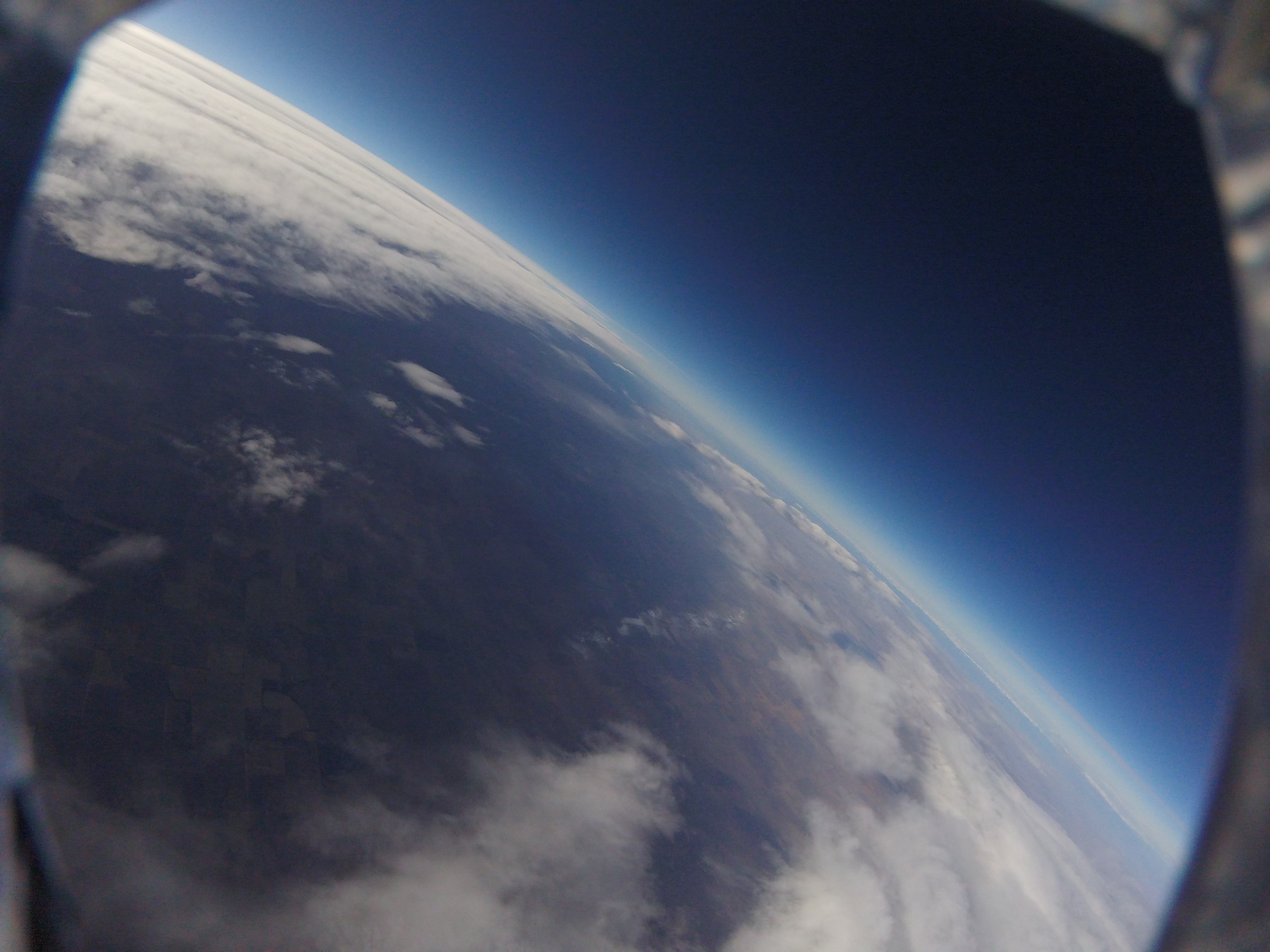
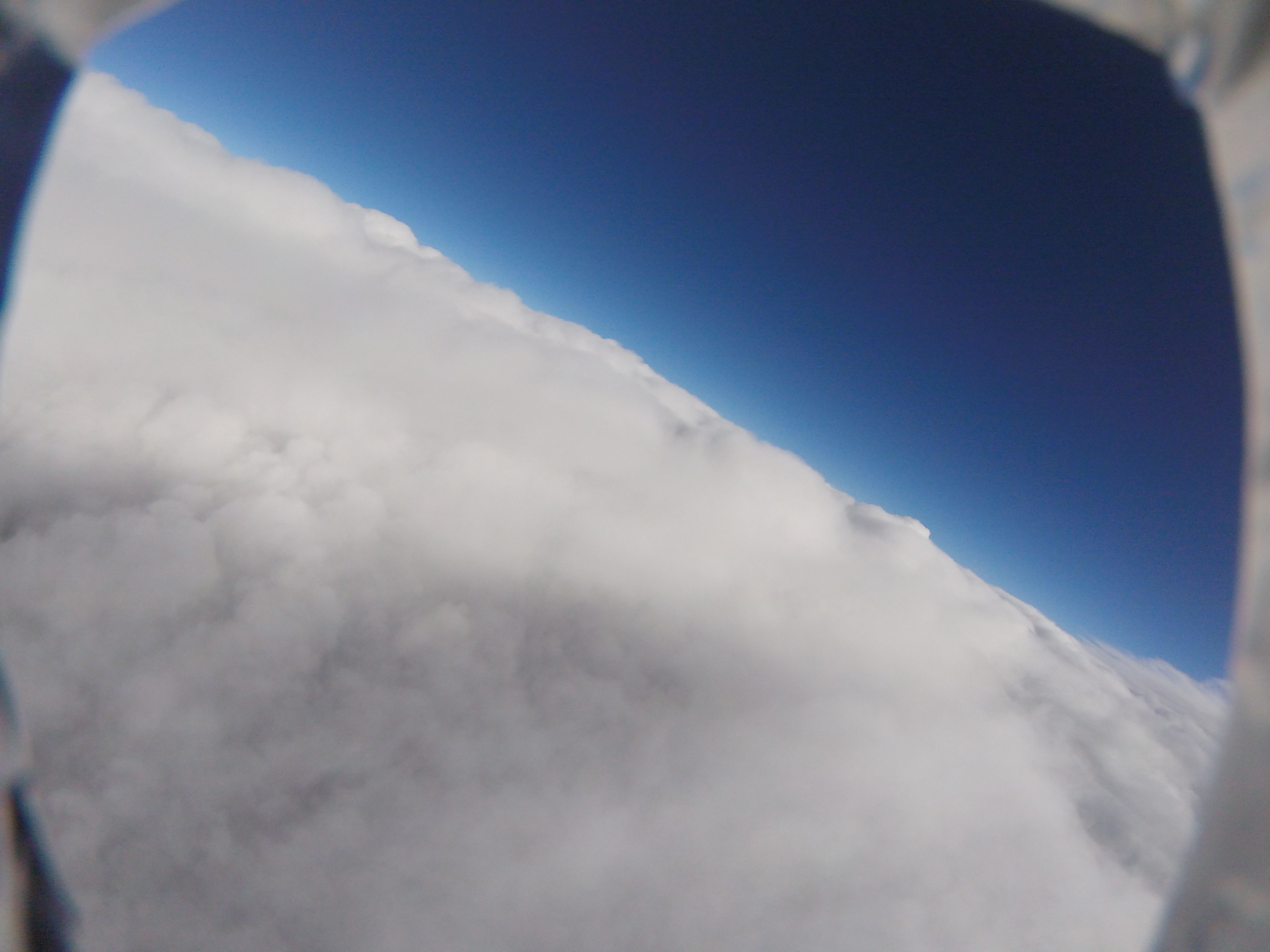

The chase:
Soon after launch, we immediately got into cars to follow the balloon across the state. I took a navigation training to get the unique experience of being in the lead tracking car with gps locations on the balloon to chase it by car as it was descending. The balloon ended up landing in someone’s backyard a little south of Fort Morgan, CO.
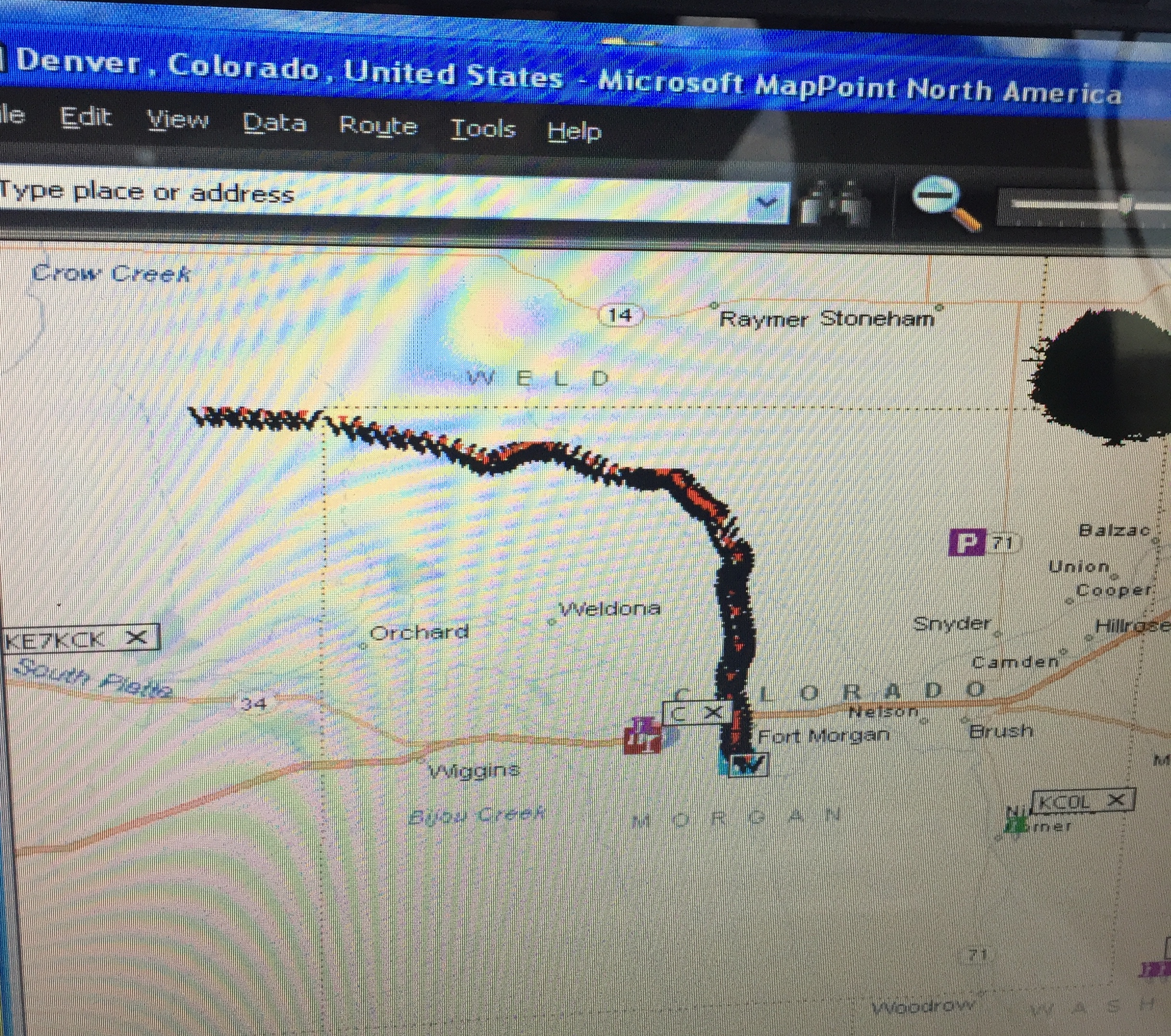
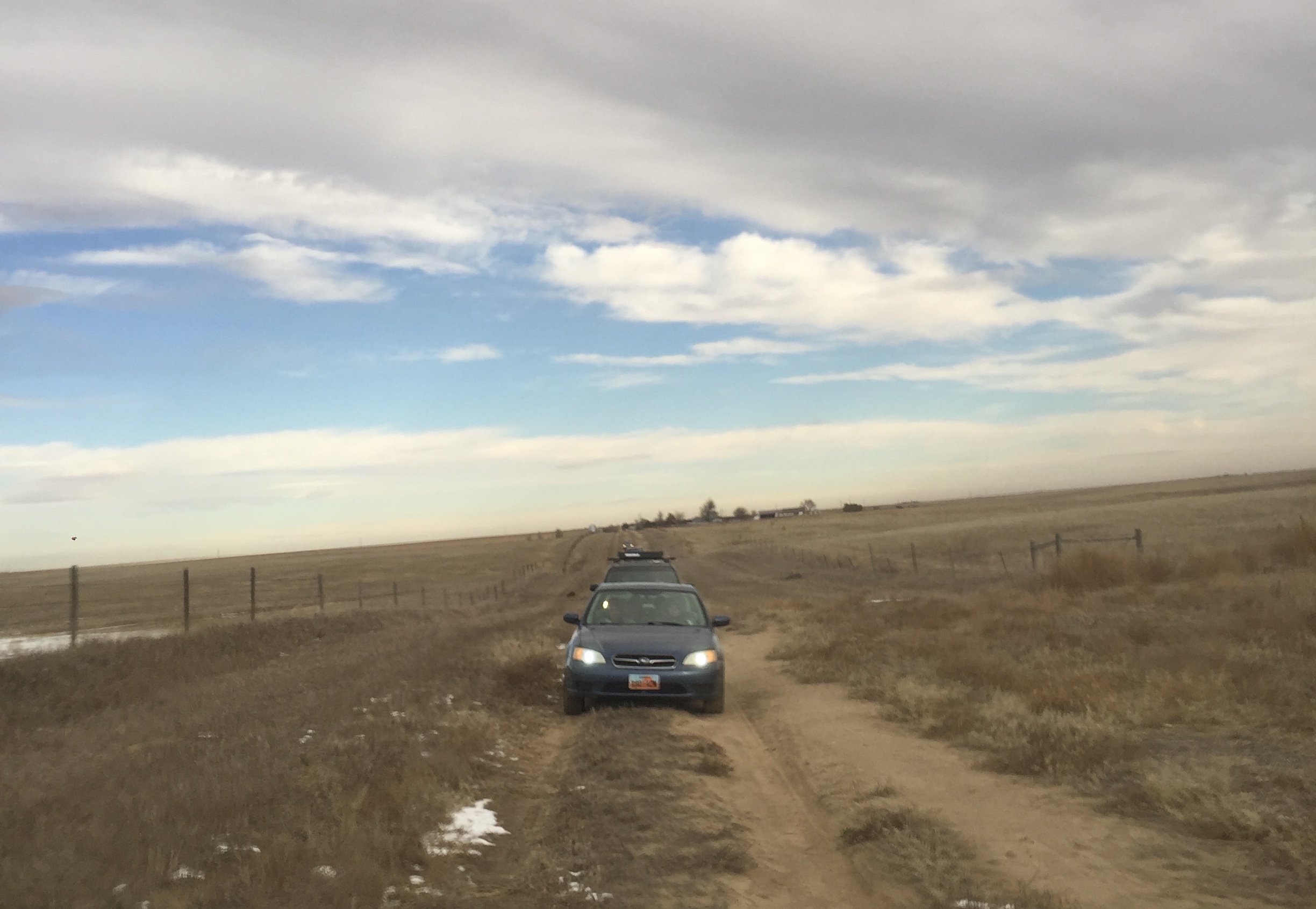
Testing:
Our payload went through extensive testing to ensure it could withstand flight and near-space environments. Tests included structural (drop, whip, stair) tests, sensor tests, cold tests, and camera tests.
Acknowledgements
This project was done as a part of ASEN 1400 in Fall 2018. Thanks to my group members Sydney Evans, Nicolena Weber, Tracey Sneed, Joel Bridgeman, Jake Pirnack, Holland Morris, and Prof. Chris Koehler.
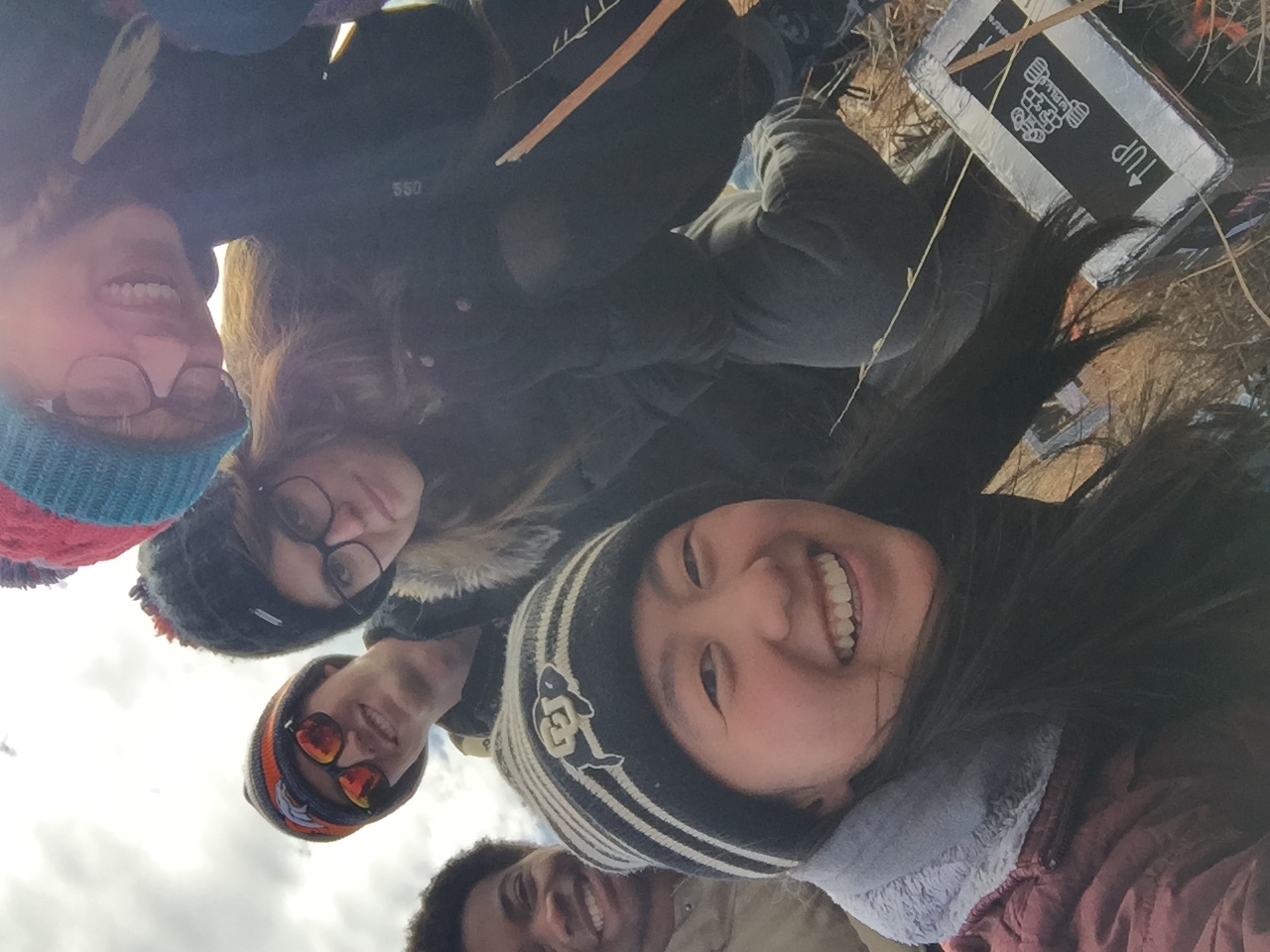
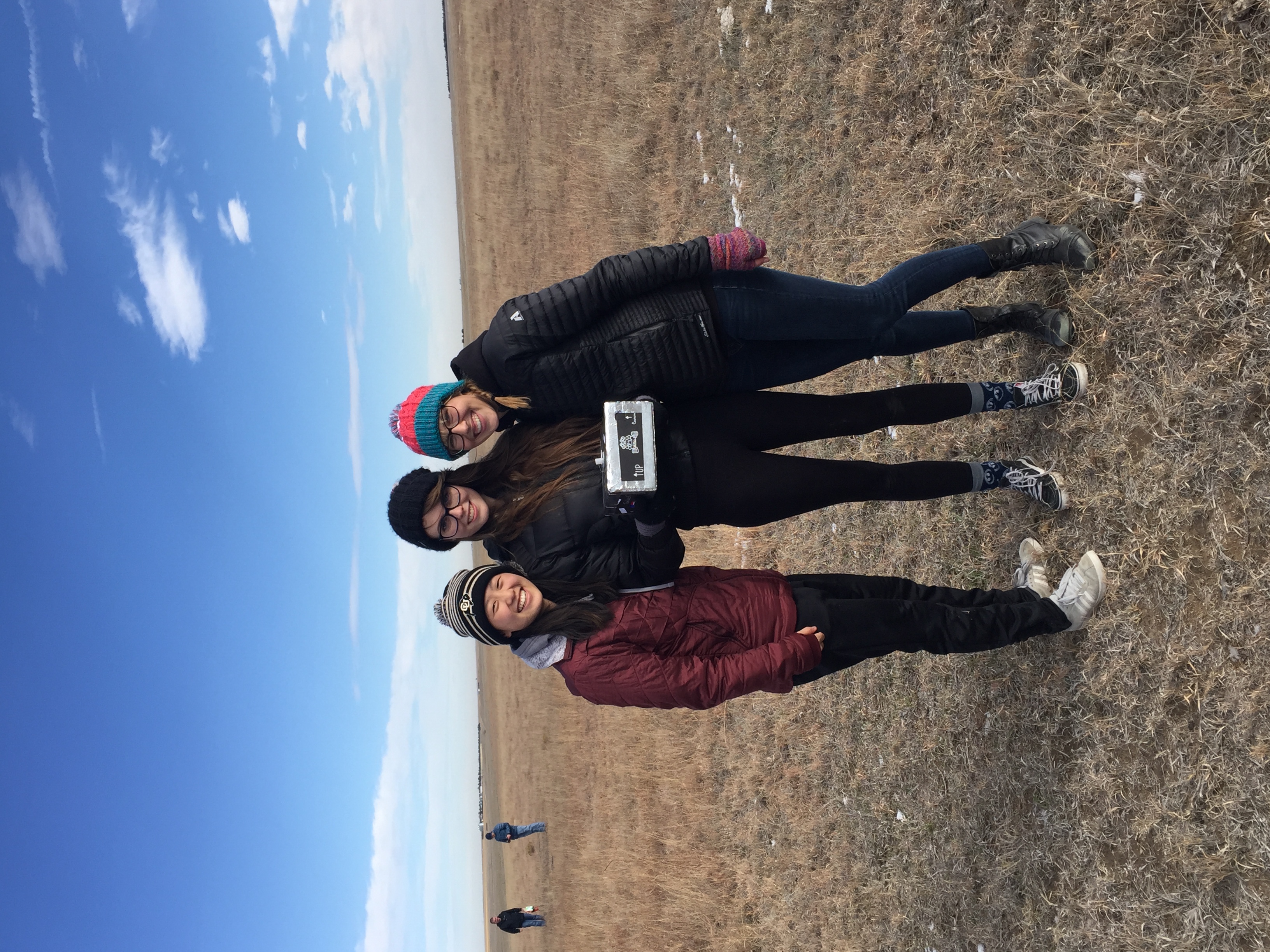 Women in Engineering :)
Women in Engineering :)

